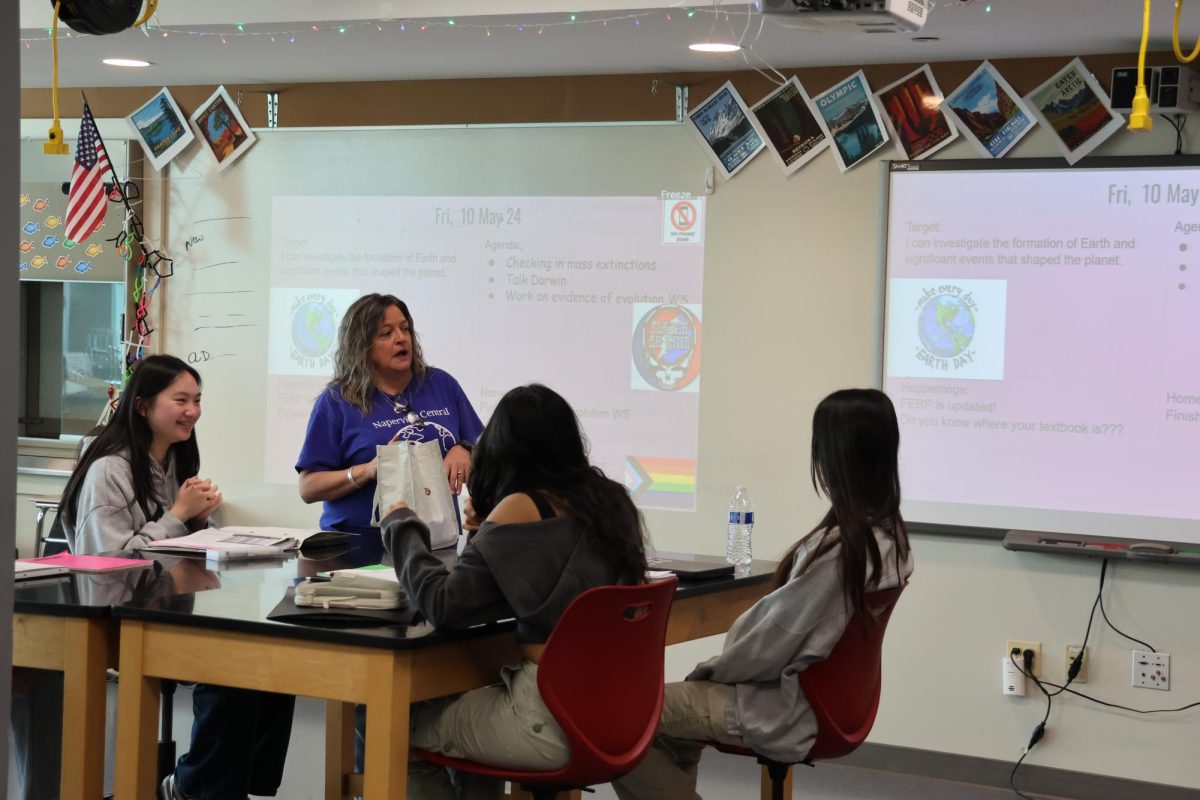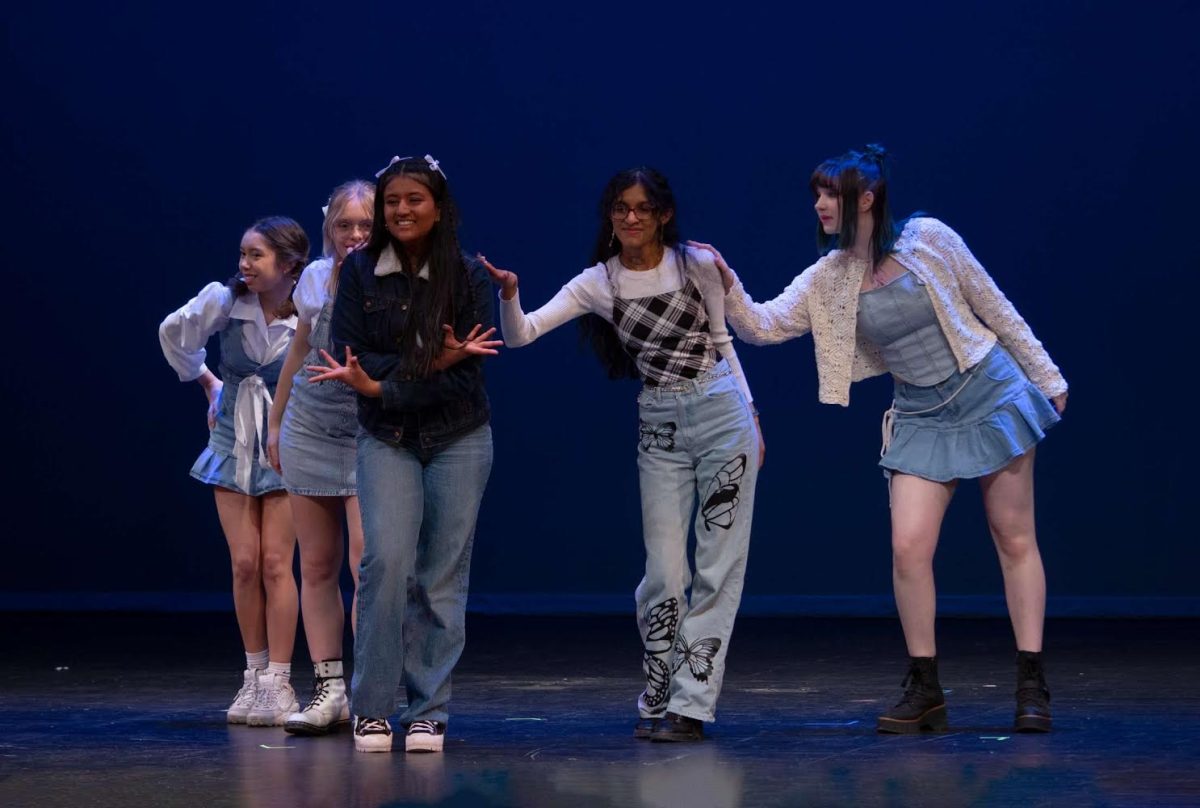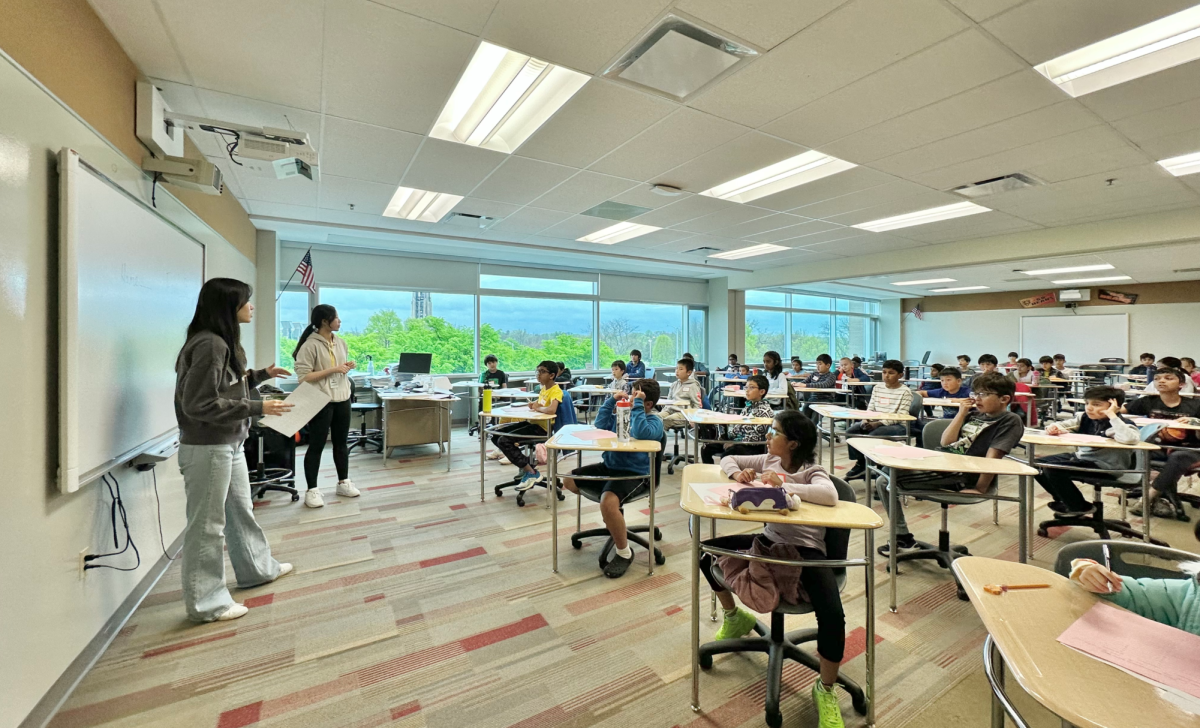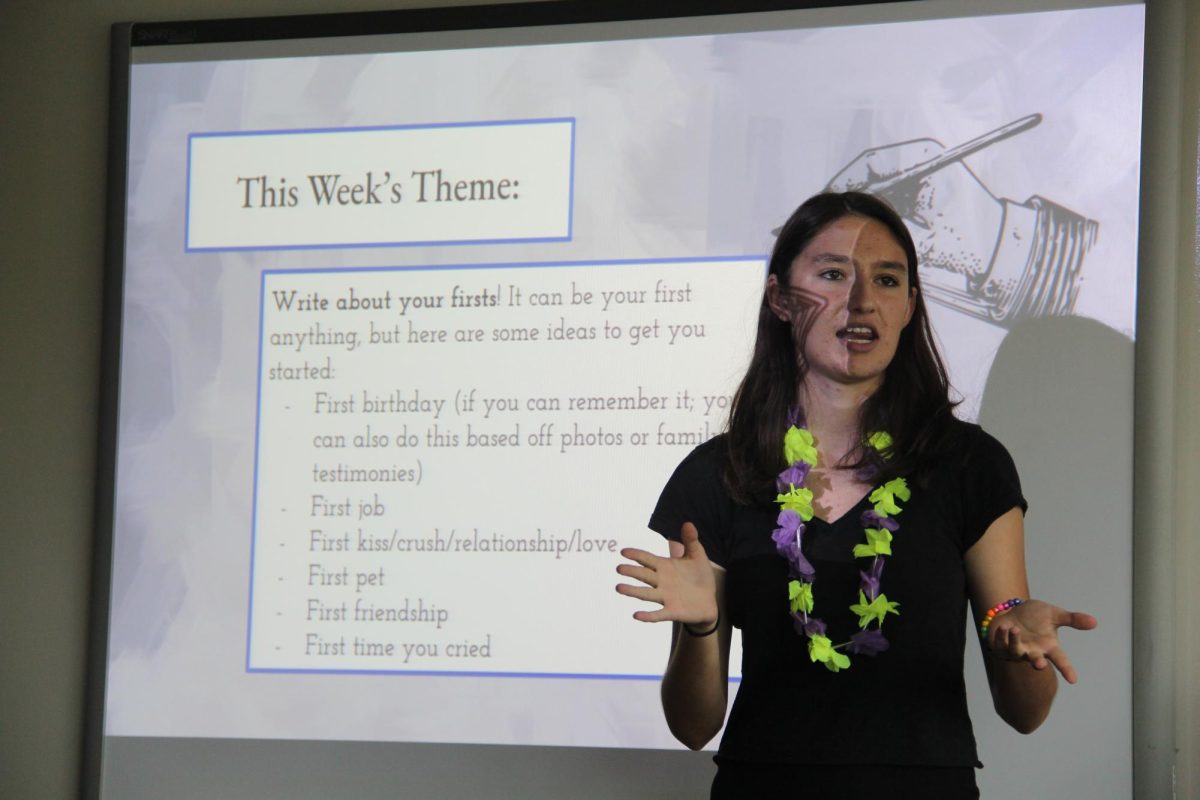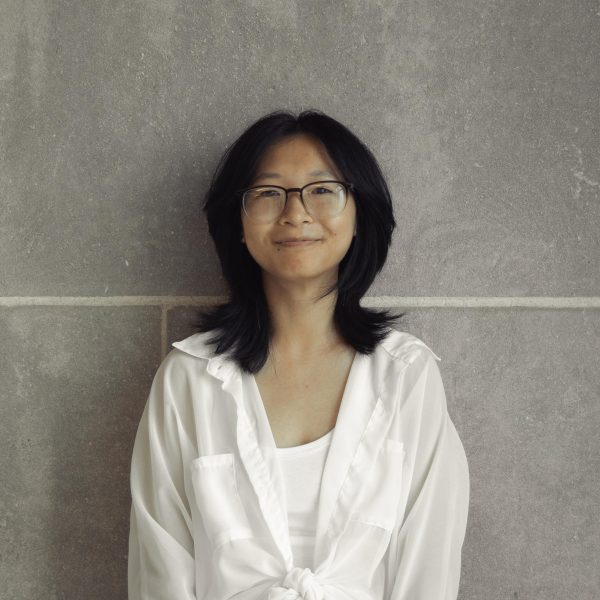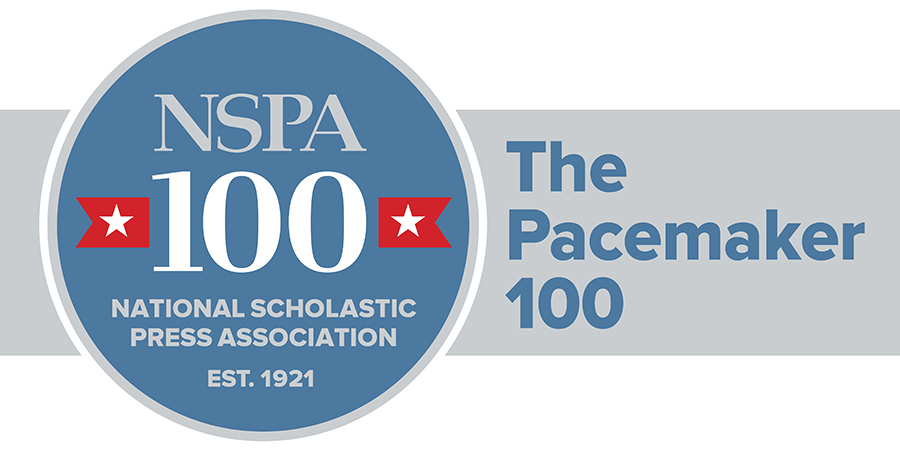A semester into the 2023-2024 school year, it’s hard not to notice the increased diversity in student activities. Many new clubs this year are Poetry club, Neuroscience club, HOSA, and on and on; there seems to be new something that caters to anyone’s specific interest.
Current students speculated that Samantha Szopinski, Central’s Dean of Student Activities who started her position last year, allowed more clubs to be established than the previous Dean.
According to Szopinski, she is following the same protocols for the new clubs as previous years. However, Szopinski says there may be a different reason for the increase.
“I think kids are getting back into getting involved, which is awesome,” Szopinski said “We’re getting out of the pandemic and people are more willing to be around others [so] it’s easier to get [club] sponsors [too].”
For Sophomore Saffron Serber, this is true. Serber founded Neuroscience Association because of a specific interest they had.
“I thought it’d be a nice opportunity for students at our school to explore a new topic and learn something about neuroscience because I [found that] not a lot of people even know what neuroscience is,” Serber said.
However, with so many clubs, there is naturally a question of sustainability: If these clubs are being created spontaneously, their legacy and impact may be short.
But Szopinski says there are measures to prevent this from happening.
According to Szopinski, a new club must have a signed form of at least 10 students willing to join, offer a different experience than other clubs, and a sponsor. These guidelines ensure a club will sustain after the founding members graduate.
A new Health Occupations Student of America [HOSA] chapter got approved despite an existing Medical Club at NCHS because it offers volunteering experiences and competitions.
“I started [HOSA] to help make a difference in my community. It gives me the ability to decide on how I want to create an impact instead of just following what other clubs are doing,” said sophomore Amy Yang, founder of HOSA.
Another concern was that the new clubs would overwhelm student schedules and lead to lower overall participation.
“Sometimes people get spread too thin,” Szopinski said. “And that’s why in the past, it was like, ‘Okay, well join this club because the club you have in mind is so similar.”
But as the club participation sees an upward trend, this doesn’t seem to be a problem this year. The new clubs don’t seem to take away numbers from the existing ones. For example, according to Szopinski, BPA is at the highest amount of participation despite a new marketing club, and Central’s Speech Team had over 60 members this year despite a new poetry club.
The consensus from students and Szopinski is that more clubs allow for greater expression and opportunity for student interest.
“When I was in middle school, I was part of a poetry club,” Sabrina Tse, Co-founder of Poetry Club said. “I went to a private school and poetry club was a very positive part of my week. To me, some of the most important parts about poetry club is that it’s a really welcoming community, a place where people can be a little bit more vulnerable.That’s something that I really missed a lot from when I went to private school.”
It’s for these reasons that activities like Poetry Club, Neuroscience Association, and HOSA got approved.
“If the club is actually running with enthusiasm and passion and it’s giving kids a place [at Central] to find their people, then I don’t think anything’s wrong with it,” Szopinski said. “If the kids are wanting to and the sponsors saying yes, then I’m letting that happen.”




